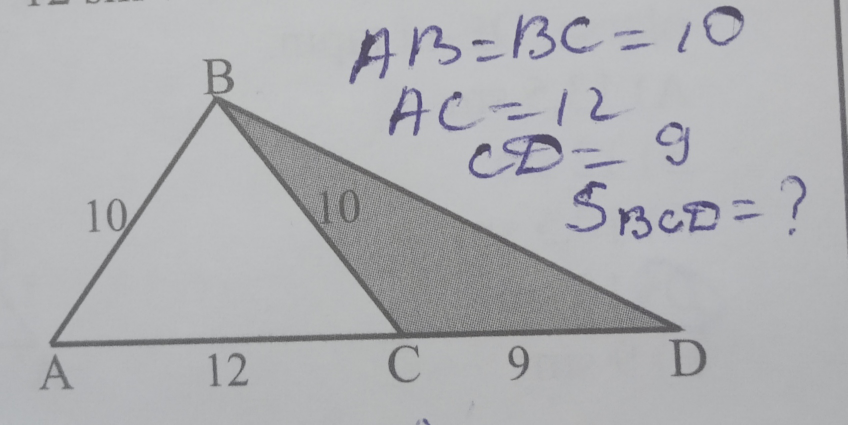
AllQuestion and Answers: Page 1334
Question Number 80405 Answers: 1 Comments: 11
Question Number 80404 Answers: 1 Comments: 0

Question Number 80402 Answers: 0 Comments: 0

Question Number 80397 Answers: 0 Comments: 3
Question Number 80386 Answers: 1 Comments: 2

Question Number 80376 Answers: 1 Comments: 2

Question Number 80374 Answers: 0 Comments: 5

Question Number 80369 Answers: 0 Comments: 1

Question Number 80365 Answers: 1 Comments: 6

Question Number 80362 Answers: 1 Comments: 0

Question Number 80341 Answers: 1 Comments: 0
Question Number 80340 Answers: 1 Comments: 0
Question Number 80334 Answers: 0 Comments: 1
Question Number 80332 Answers: 0 Comments: 1
Question Number 80346 Answers: 0 Comments: 0

Question Number 80343 Answers: 0 Comments: 3
Question Number 80312 Answers: 1 Comments: 17

Question Number 80306 Answers: 0 Comments: 1

Question Number 80300 Answers: 0 Comments: 4

Question Number 80347 Answers: 1 Comments: 6
Question Number 80296 Answers: 0 Comments: 3
Question Number 80293 Answers: 0 Comments: 12
Question Number 80284 Answers: 0 Comments: 0

Question Number 80276 Answers: 1 Comments: 1
Question Number 80262 Answers: 0 Comments: 2

Question Number 80261 Answers: 0 Comments: 1

Pg 1329 Pg 1330 Pg 1331 Pg 1332 Pg 1333 Pg 1334 Pg 1335 Pg 1336 Pg 1337 Pg 1338
